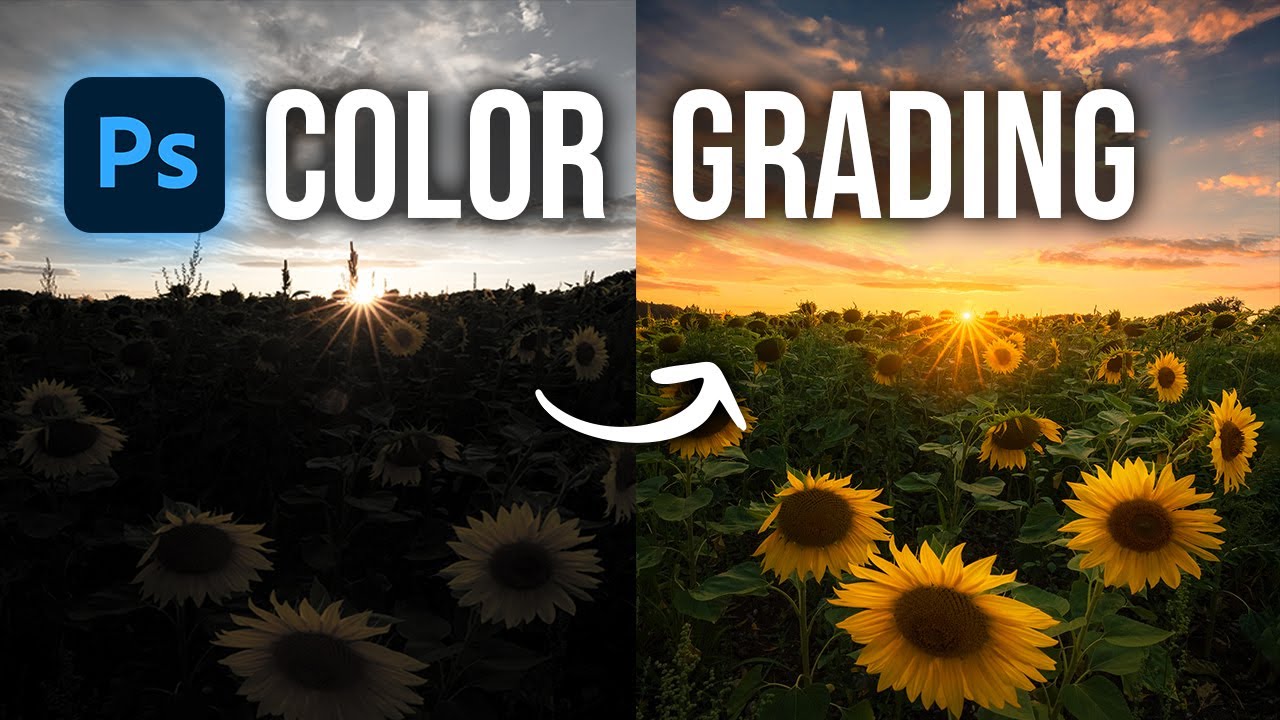
Introduction:
Adobe Photoshop stands as a powerhouse for photographers and digital artists, offering an extensive toolkit for transforming ordinary photos into captivating works of art. Among the myriad techniques at your disposal, color grading and texturing serve as indispensable tools for adding depth, mood, and narrative to your images. This comprehensive guide will delve into the intricate process of color grading and texturing a photo in Adobe Photoshop, providing detailed insights, step-by-step instructions, and professional tips to help you master these transformative techniques.
Table of Contents:
- Unlocking the Power of Color Grading and Texturing:
- a. The Artistic Significance of Color and Texture
- b. The Impact of Color Grading on Mood and Atmosphere
- c. Texturing as a Tool for Depth and Visual Interest
- Choosing the Right Photo for Color Grading and Texturing:
- a. Assessing Image Composition and Subject Matter
- b. Identifying Elements Suitable for Intense Color Grading
- c. Recognizing Texture Opportunities in the Image
- Essential Preparations for Color Grading and Texturing in Photoshop:
- a. Organizing Layers for Non-Destructive Editing
- b. Familiarizing Yourself with Adjustment Layers and Filters
- c. Setting Up a Clear Workspace for Efficient Editing
- Basic Color Grading Techniques:
- a. Utilizing Adjustment Layers for Color Balance
- b. Applying Gradient Maps for Tonal Adjustments
- c. Enhancing Vibrancy and Saturation for Impact
- Advanced Color Grading Methods:
- a. Embracing Color Lookup Tables (LUTs) for Consistency
- b. Leveraging Curves and Selective Color Adjustments
- c. Exploring Split Toning for Mood Enhancement
- Integrating Textures for Added Depth:
- a. Understanding the Role of Textures in Photography
- b. Sourcing and Creating Custom Textures
- c. Applying Textures using Blending Modes
- Creating Custom Textures for Your Photo:
- a. Capturing Textures Through Photography
- b. Generating Textures Through Digital Tools
- c. Experimenting with Blend Modes for Texture Blending
- Fine-Tuning Details for Realism and Cohesion:
- a. Refining Color Grading Edges for Seamless Integration
- b. Eliminating Unwanted Artifacts and Halos
- c. Balancing Textures with Original Image Details
- Simulating Realistic Lighting Conditions:
- a. Analyzing Directional Light Sources
- b. Adjusting Shadows and Highlights for Texture Consistency
- c. Integrating Ambient Light for a Natural Appearance
- Adding Atmospheric Effects for Enhanced Storytelling:
- a. Incorporating Fog, Mist, or Haze for Depth
- b. Implementing Light Flares and Glows
- c. Exploring Special Effects for Artistic Compositions
- Troubleshooting Common Challenges in Color Grading and Texturing:
- a. Addressing Inconsistencies in Color Grading
- b. Dealing with Texture Distortions and Artifacts
- c. Achieving Balance Between Color Grading and Texturing
- Saving and Exporting Images with Color Grading and Texturing:
- a. Choosing the Right File Format for Different Platforms
- b. Optimizing Images for Web or Print
- c. Preserving Layers for Future Adjustments
- Inspirational Examples and Case Studies:
- a. Showcasing Before and After Transformations
- b. Breakdowns of Notable Color Grading and Texturing Challenges
- c. Exploring Different Styles and Approaches in Visual Storytelling
Conclusion:
Color grading and texturing a photo in Adobe Photoshop is a dynamic process that allows you to breathe life and emotion into your images. This comprehensive guide has equipped you with the knowledge and tools needed to master these transformative techniques. As you delve into the realm of color grading and texturing, remember that creativity, experimentation, and a keen eye for detail are the keys to creating images that resonate and captivate viewers. So, unleash your artistic potential in Adobe Photoshop and let your photos tell rich, immersive stories through the nuanced interplay of color and texture.